


Spelling has been a strange subject for me as a homeschool mom. Although I never learned any spelling rules in school, it is something that just came naturally to me. Perhaps it’s because I was a big reader, or maybe it’s how I visualize the spelling as I’m reading and writing… I’m not sure. But one thing’s for certain: actually TEACHING kids to spell is a whole other ball game.
Why was it more challenging to teach spelling? Because I had no concept of why I spelled the words correctly, I just did. That’s not terribly helpful for a student who needs to learn how to develop their spelling proficiency.
Although I’m certainly no expert in this area, over the years I’ve learned a lot about what works for my kids and our homeschool as far as spelling instruction. I’ve also dabbled with a fair amount of spelling curricula and have narrowed down what works best for us. I hope that sharing this information will be helpful for you as well!
Disclosure: *This post may include affiliate links. As an affiliate, I earn from qualifying purchases. Read the disclosures and terms for more information.
Teach Spelling with Gentle Learning Techniques
Generally have held off on super formal spelling lessons until my kids are a bit older (around 9/10). But from the beginning, we start working on some gentle learning techniques that help build their spelling skills.
- Observing spelling – We teach them to notice things about how words are spelled: interesting spellings, silent letters, common letter combinations (such as ch and sh), how rhyming words end, etc.
- Telling them how to spell things – When littles ask how things are spelled as they write a sign for their door or a letter for Grandma, we tell them! I tend to keep syllables grouped together as I spell (“sand” “wich”) and point out things for them to observe about a spelling, if applicable. (“hello has two l’s!”)
- Practicing correct spelling of important / frequently misspelled words – As they get older, if we notice frequently misspelled words, especially commonly used ones, I’ll put them in a note and later have them practice spelling them correctly, such as writing it 10 times or incorporating it into a sentence.
- Visualizing correct spelling – When I’m showing a child how to spell a word, especially if they are learning a new spelling or trying to practice a commonly misspelled word, I tell them to visualize each letter, imagining that it appears in white in their minds. I can’t remember where I picked up this tip but it’s how I see spelling myself, so it made sense. Of course, this is especially effective for visual learners.
How to Incorporate These Techniques Into Your Week
These are simple ideas, but we incorporate them in several ways throughout our homeschool week:
- Copywork and Transcription – Once they show writing readiness, we start copywork. This could be copying down memory work, using curriculum like A Reason for Handwriting, or some real-life tasks like writing grocery lists. As they get older, they begin transcription (copying over words or phrases at a time rather than needing to look at each letter.)
- Pen Pals, Thank You Cards, etc – Our kids love to scribble out thank you cards, birthday cards, signs, notes, etc. They also enjoy having pen pals to write to! All of these are opportunities to help them practice spelling. As they get older, they don’t want their work to be riddled with errors and are more likely to be careful with the spelling.
- Spelling through reading – Sometimes (not always) children become better spellers by reading a lot, especially if they read quality children’s literature. Their spelling skill tends to follow their reading level. This is helped by teaching them to observe and visualize spellings as they read. Practicing this while reading side by side (whether they’re reading aloud or you are) is also useful. They’ll start to develop a habit of noticing spellings of words they use in their own writing or interesting words that catch their eye.
- Notebooking and Written Narrations – Between grades 3 and 5 I have my kids start doing notebooking and written narrations. (Oral narrations are just telling in your own words what you read/heard. Written narrations write it out.) In these writings, you’ll notice common spelling errors you can teach them about, focusing on observation, practice, and perhaps introducing a spelling rule if applicable.
When to Introduce Homeschool Spelling Curriculum
This sounds like a lot, but it’s all very natural and done along with their regular reading and writing activities. You’re basically teaching them what you know. Some children are natural spellers and will go far simply with these activities. However, many will need some extra spelling instruction.
When do you introduce a spelling curriculum, then? That depends on your kid and your homeschooling style.
Personally, I wait until they’re about 9/10 or show a strong interest in mastering spelling.
Our Favorite Homeschool Spelling Curriculum Picks
Whether you start your kids with a spelling curriculum earlier than I do or later, the key is to go at their own pace. Knowing their learning style can be very helpful as well, and you’ll also want to take into account what is reasonable for YOU to implement as the teacher.
We’ve tried several different spelling resources over the years. Here are our favorites:
- All About Spelling – This is a popular spelling curriculum for a reason. It uses the Orton-Gillingham method with helpful spelling rules and short lessons. My eager 5-year old asked to start this curriculum after seeing his brother use All About Reading. Now both of them will be using AAS. I’ll give you a more detailed look at All About Spelling below.
- Logic of English Essentials – This is a multi-level reading, spelling, grammar & vocabulary program for ages 8-adult. It’s especially helpful for late readers or those who struggle with spelling. We tried the print version years ago but much prefer the online version. Two of my kids are using that now for self-paced instruction.
- Spelling Wisdom – This resource from Simply Charlotte Mason is a studied dictation method of spelling instruction, using the Charlotte Mason approach. It is a natural extension of the gentle learning techniques I explained above. The students study the spelling and punctuation and then write it from memory a phrase at a time (transcription) or as you read it aloud (dictation.)
- Phonetic Zoo – I have one child who is very much an auditory learner and was helped by this resource. It is a leveled curriculum that can be done independently and uses audio recordings for dictation. It’s provided by IEW.
- Spelling Power – This is probably the most traditional (school-like) curriculum we’ve tried, with spelling lists, study checklists, etc. However, it does incorporate the practice techniques like we use and has been useful to some of my kids. My oldest (the auditory learner) recently asked to try something new after a couple of years of Phonetic Zoo so we picked this up for him.
A Closer Look at All About Spelling
I get questions about the resources we use from All About Learning from time to time because people will see me post pics of it on social media or see it listed in our curriculum reveal posts. If you want to know more about All About Reading, you can read about our experience here and here.
All About Spelling is something we added this last year for my 5-year-old who wanted to do something like his big brother (who is doing AAR). His older brother is a struggling reader and I don’t have them both use the same materials. So we decided to give AAS a try with him.
Confession time: This was the THIRD time I tried All About Spelling over the years to teach spelling. The first two times I just could not get myself on board with the magnetic whiteboard and all. those. tiles. Lol! You guys, I tried. But we kept losing pieces and they took up a lot of space the way I had it set up. (Did you hear I’m domestically challenged? It’s true!)
But THIS time, I was able to use their new letter tiles app (*cue singing angels*) and it totally works for us. I just have to tell you this because I know I’m not the only one who gets twitchy with lots of little pieces. Get the tiles app. that is all.
Here’s what we love about All About Spelling:
- Easily adaptable – My 5-year-old was eager and capable, but didn’t really have the attention span and writing stamina to do full lessons. We spread each lesson across two days and used the tiles to do some of the written spelling tasks. It worked beautifully!
- Simple lesson plans – I didn’t have to do anything other than scan ahead right before the lesson. That’s a big help for this busy mama! The step-by-step manual and simple materials made it easy to implement.
- Multi-sensory program – I teach spelling by giving brief instruction using the script provided, practice skills with flashcards in the handy review box, do some spelling on the letter tiles app, and then do spelling dictation for a handful of words or phrases.
- Letter tiles app – *angels start singing again*
Are there any negatives to the curriculum? Not that I can tell, now that the letter tiles app is available. 😉 I suppose the only thing that was a bit of a disappointment was that the colorful and interactive activities my son saw in his brother’s All About Reading curriculum weren’t really in All About Spelling. I should have checked first, so that was my fault. However, I found that they do suggest card review activities and games that we use on occasion and to make teaching spelling more fun.
All in all, both my son and I are pleased with how All About Spelling Level 1 and how it helps me teach spelling. He is growing in confidence and seems to be retaining what he learned. It’s even showing up in his letters and notes he likes to write for friends and relatives! We plan to continue and are already into level 2.
That’s a homeschool win!


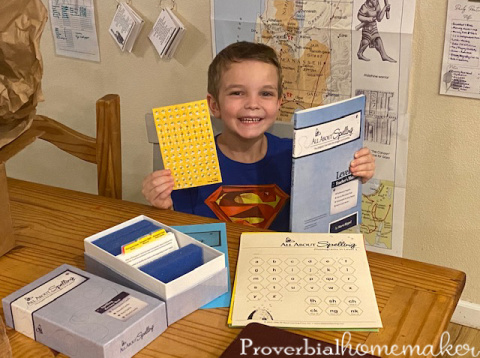
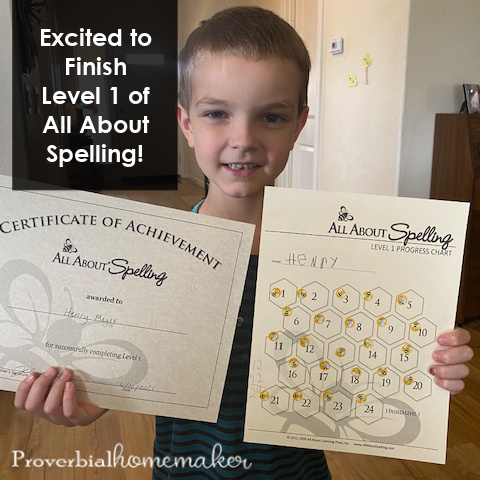
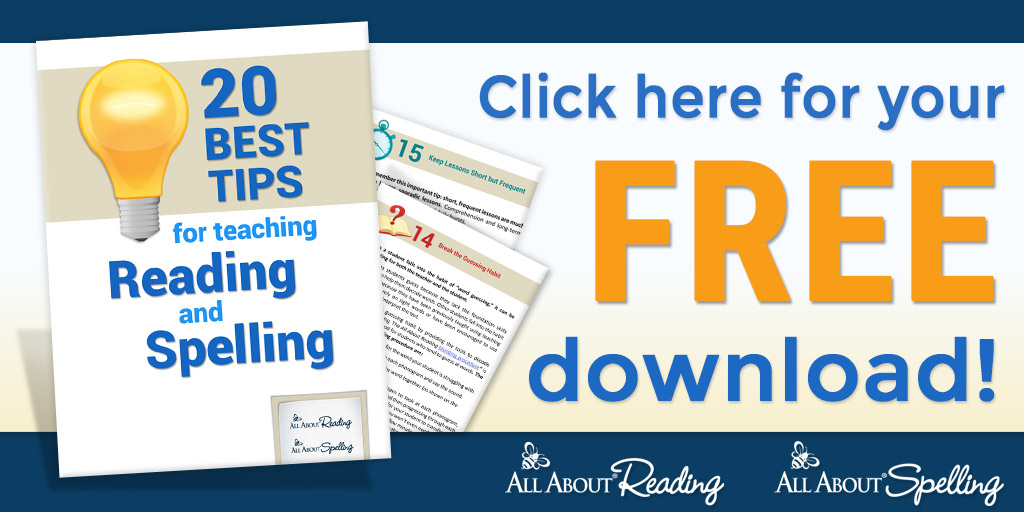

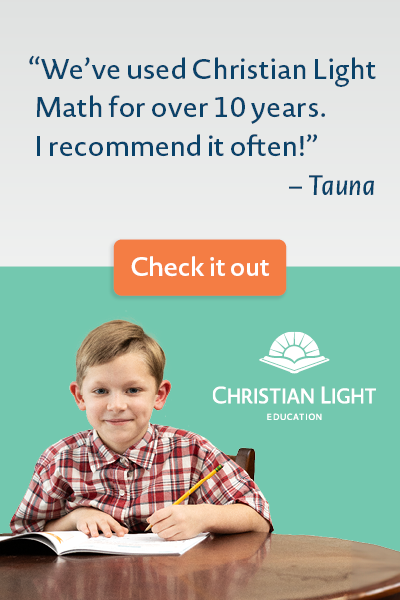
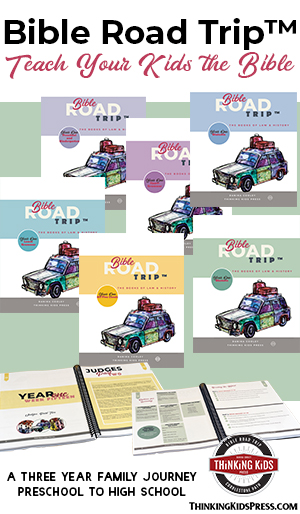
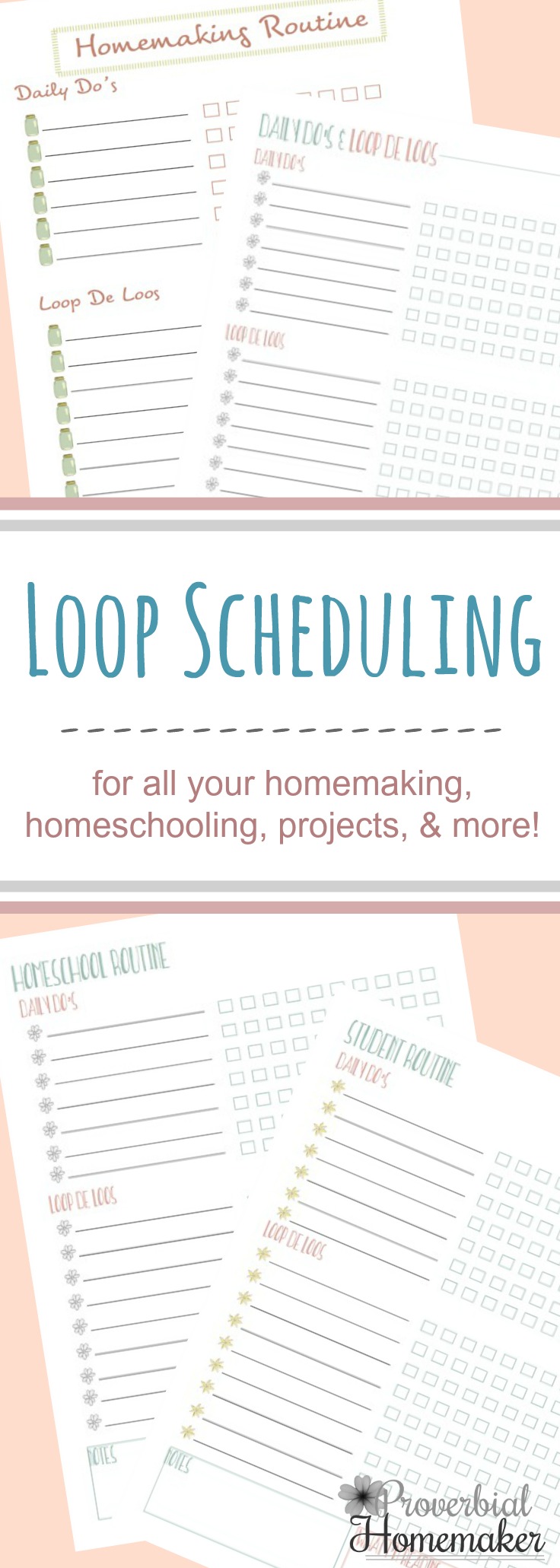

 by Stephanie, The Multi Taskin' Mom
by Stephanie, The Multi Taskin' Mom